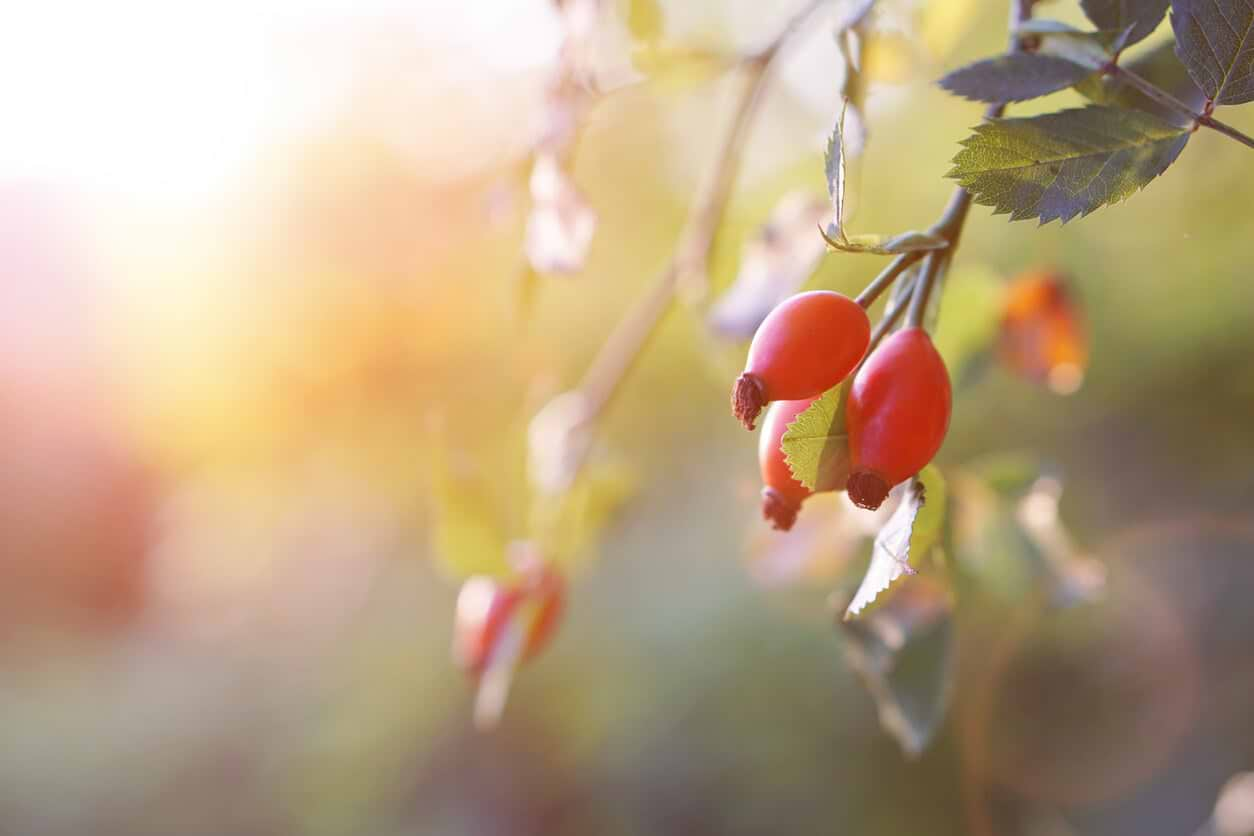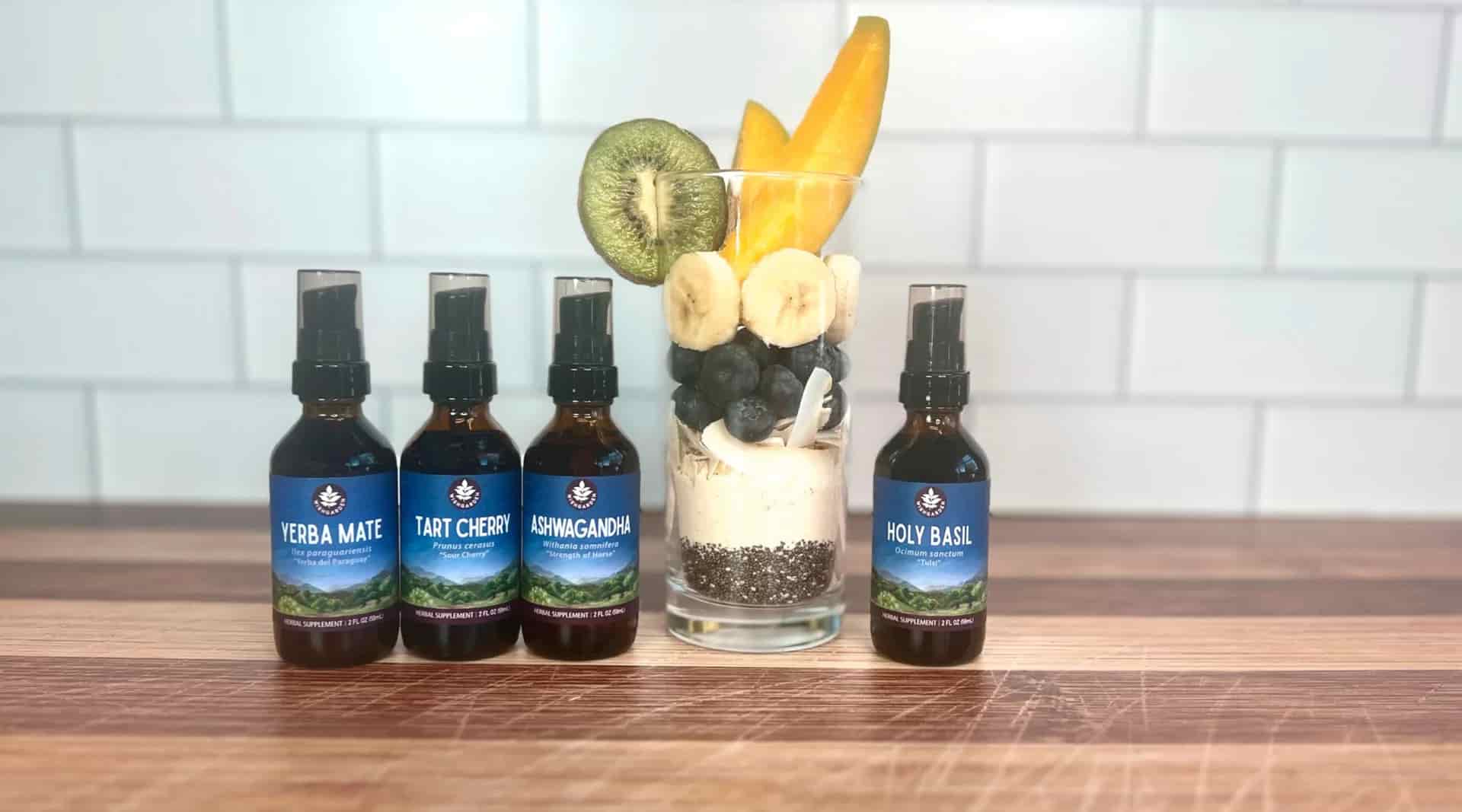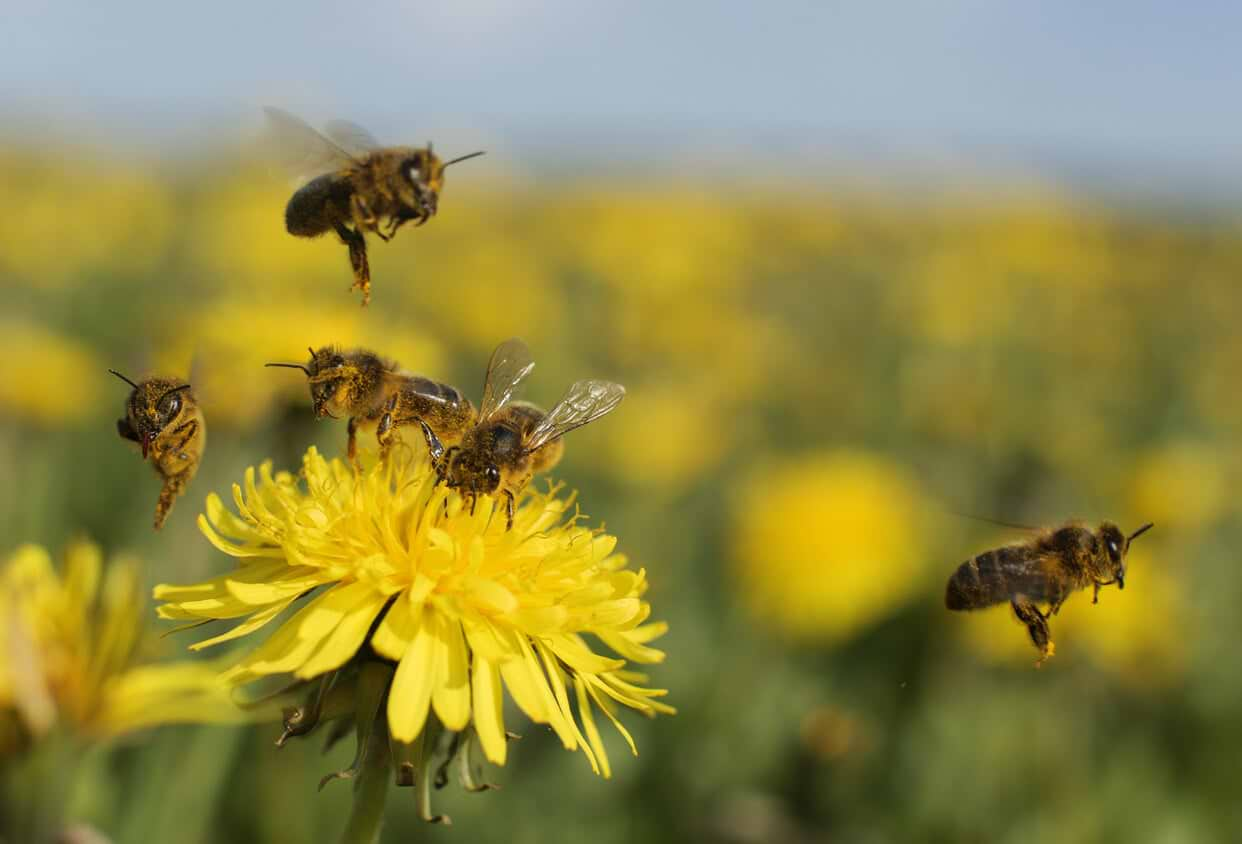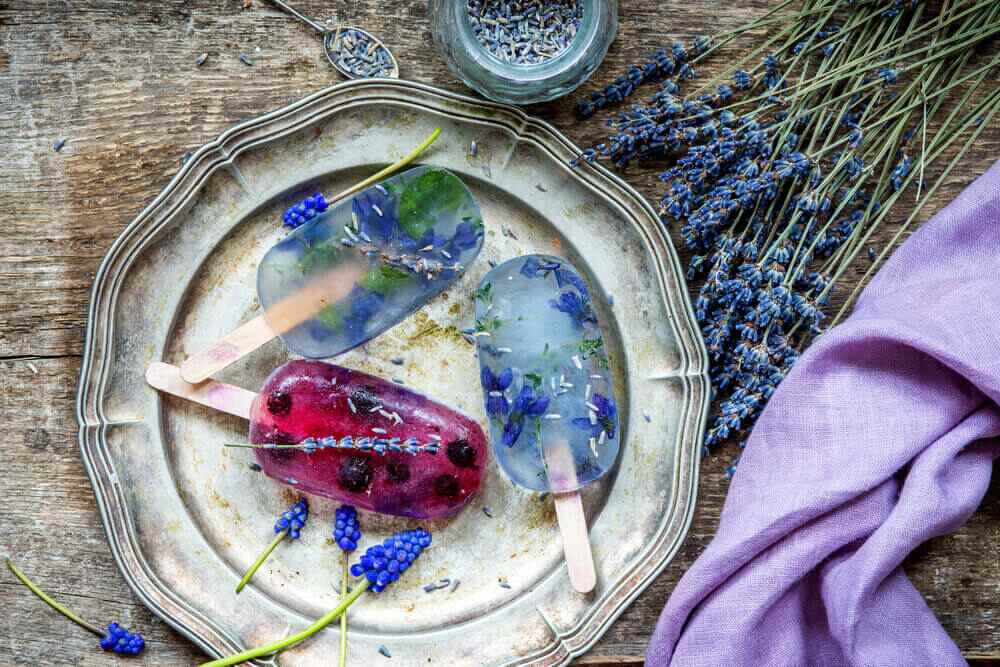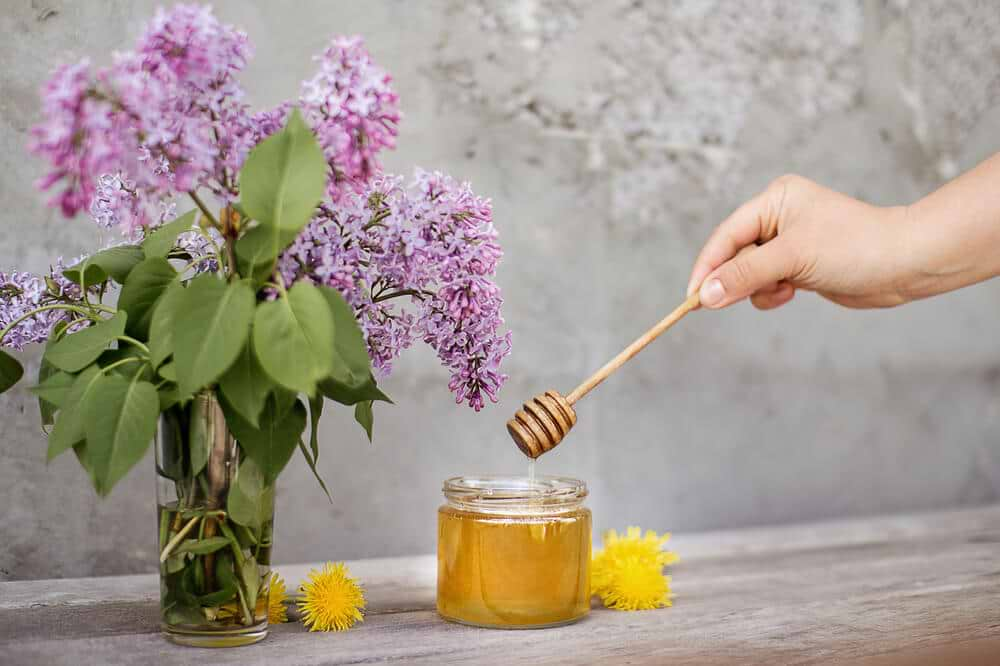Right outside my kitchen window stands a sprawling lilac bush. Most of the year, it fades into the background, unnoticed. In the winter, chickadees and finches perch on the bare branches, cracking open seeds from the feeder. In the summer, its dark leaves cast cool shadows, where the hens like to gather on hot days.
But in the spring, just around the time May slips into June, it becomes the focus of all attention — the pièce de résistance of the garden. The bush explodes into a profusion of deep purple blossoms that weigh the branches down. Their scent blows in through the open window and wafts through the house, intoxicatingly sweet — the perfect accompaniment for the softness of early summer, when time slows, days stretch out into endless twilight and everything feels possible.
Usually, you'll find me frantically gathering bouquets of the blossoms during this time, plunging them into mason jars, coffee mugs — whatever I can find. Yet despite my attempts to enjoy their transient, fleeting beauty to the fullest, they always seem to be gone too soon. It's part of what makes them so special I suppose.
This year, I decided to try and preserve a hint of their majesty by steeping the flowers in the runny, amber colored honey we collected from our hives last autumn. It was a wonderful success, and I've been kicking myself for not thinking of it sooner. Each trickling spoonful lends a whisper of delicate, lilac nectar to whatever you might add it to — a bowl of fresh berries, an ice-cold batch of lemonade, a slice of buttered toast. I only wish I had made more. Like the blossoms themselves, the honey is going to be gone long before I'm ready to lose it.
Lilac Honey Recipe
Ingredients:
- 1 cup lilac flowers
- 1 ½ cups runny honey (preferably raw from a local beekeeper)
Instructions:
- Remove the lilac flowers from the stems and place them in a clean glass jar.
- Pour the honey over the flowers and cap the jar with a tight fitting lid.
- Place in a sunny window and let infuse for a week or longer, or until the flavor is sufficiently to your liking. When you're happy with the taste, strain out the flowers and store in a cool, dark place until ready to use.
Enjoy drizzled over yogurt, ice cream, waffles — as a sweetener for tea or cocktails — baked into cakes, spread over toast or however you might fancy. The world is your oyster...
Writer Danielle Charles Davies holds a Bsc in Herbal Science from Bastyr University and completed the two-year clinical training program at the Vermont Center for Integrative Herbalism in Montpelier, VT. Her writing has appeared in Taproot, The Journal of the American Herbalist Guild, and Kindred Magazine, among others. She lives in Northern Michigan with her husband, two dogs and eight ducks. She blogs at www.bluemoonkitchen.com.
For educational purposes only. This information has not been evaluated by the Food and Drug Administration. This information is not intended to diagnose, treat, cure, or prevent any disease, or sell any product.
Recommended Products
Further Reading
